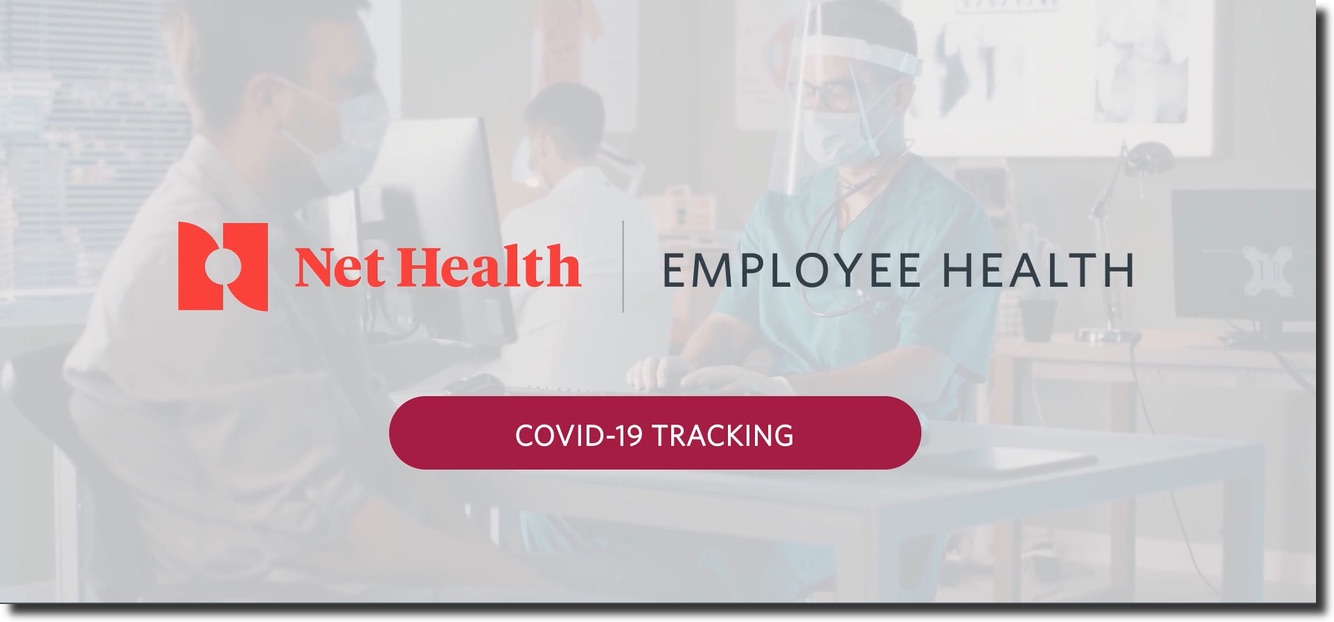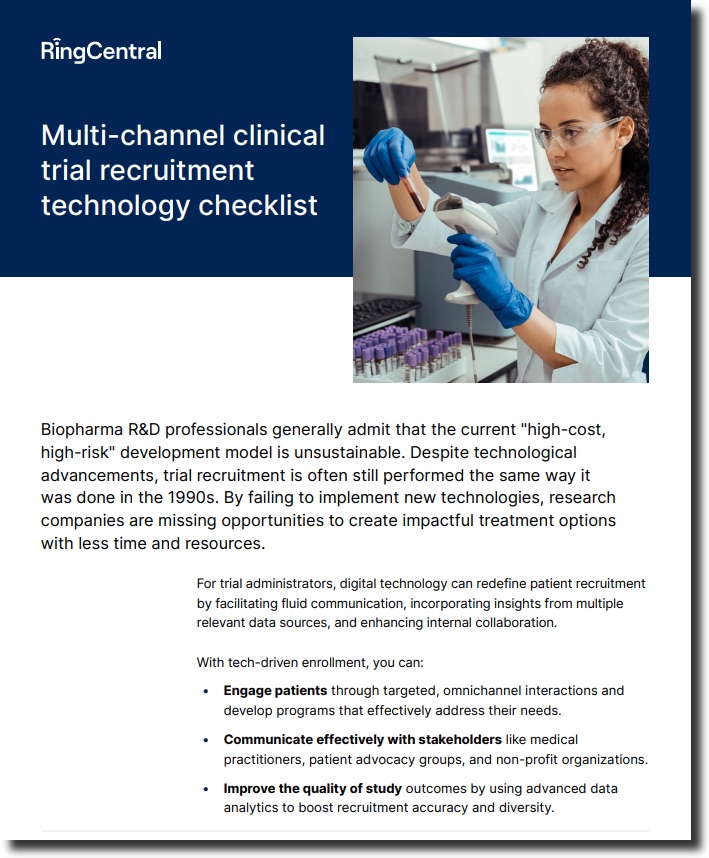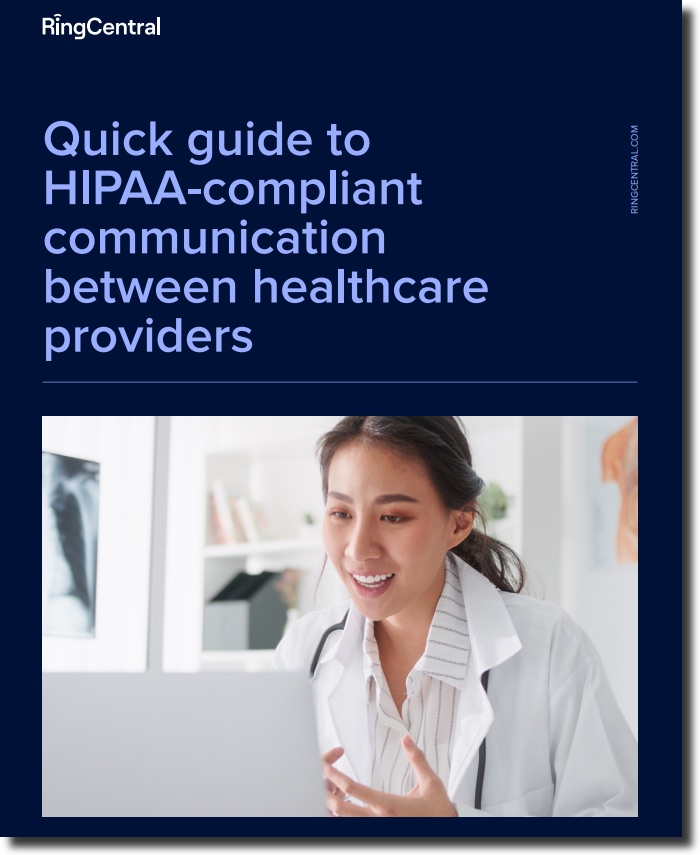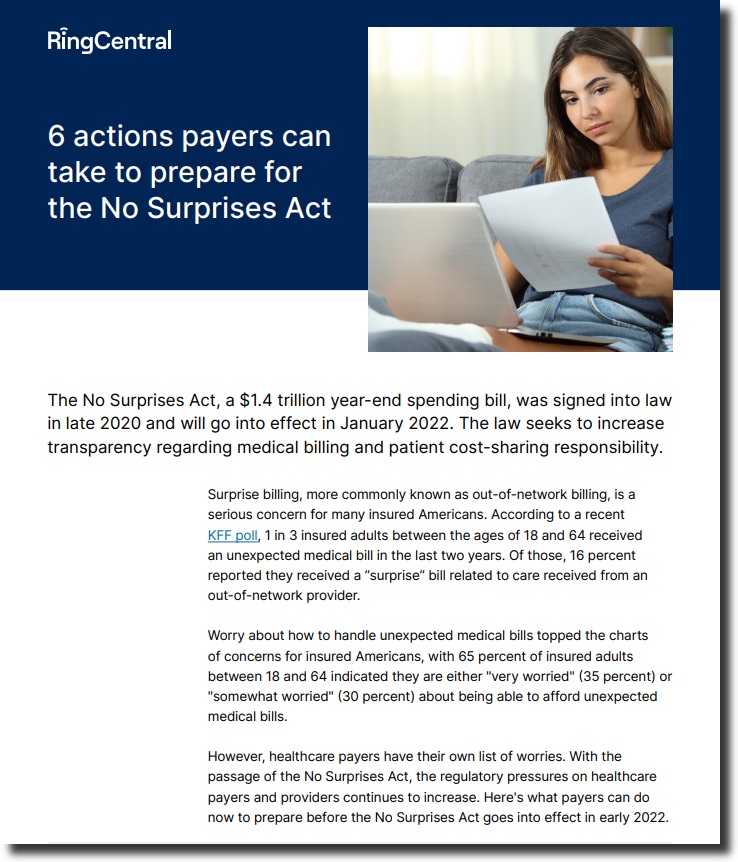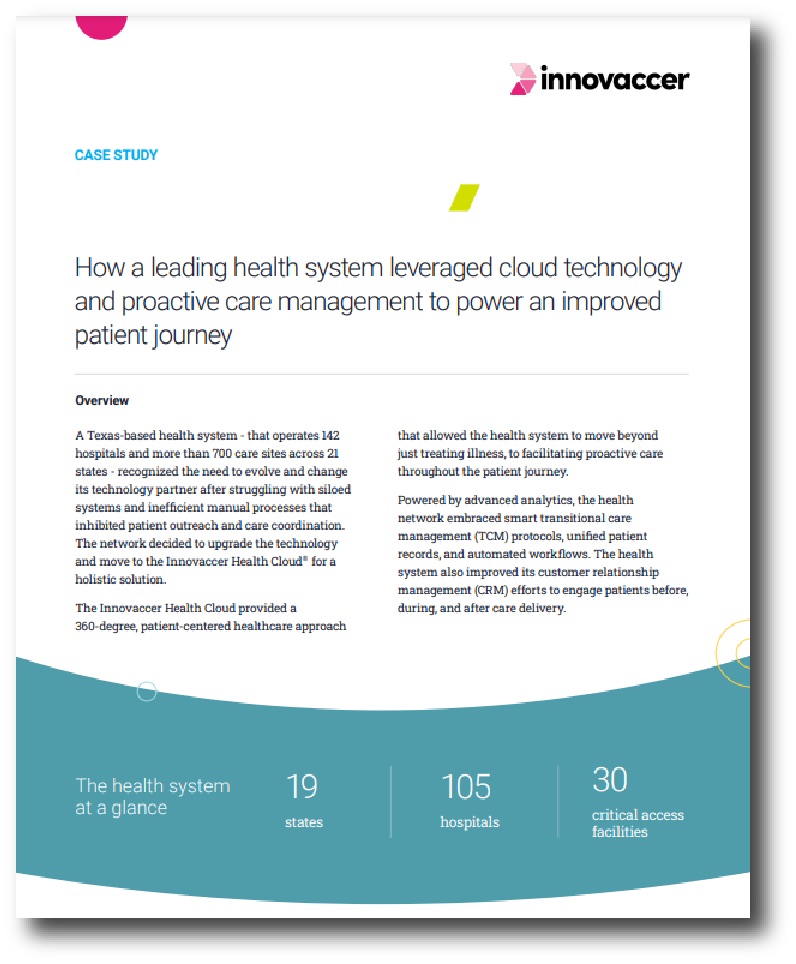White Papers
Keeping staff healthy during the COVID-19 pandemic is a challenge faced by every healthcare organization. And when temporary staff are present, the challenge is even more difficult. Maintaining a record that keeps occupational health data separate from a staff member’s regular medical data is key to maintaining staff confidentiality and privacy. Net Health® Employee Health and Occupational Medicine are comprehensive software solutions with tools that help healthcare organizations paperlessly manage employees’ and temporary staff’s immunization compliance, test results and exposure statuses.
As the COVID-19 pandemic continues into another year, healthcare staff are facing ever-increasing pressure to do more work with fewer resources. Because of this, it’s crucial for Employee Health (EH) departments to address mental and physical health issues among healthcare staff so they can continue to deliver optimal patient care. Software solutions like Net Health® Employee Health can help healthcare facilities develop a comprehensive strategy to solve some of the challenges of keeping staff healthy and productive during a pandemic.
Despite technological advancements, clinical trial recruitment is often still performed in the same way it was done during the 1990s. By failing to implement new technologies, research companies are missing opportunities to create impactful treatment options more cost-effectively. For trial administrators, a digital-first recruitment solution can redefine patient recruitment by engaging suitable patients through a targeted, interactive experience that makes them feel valued. RingCentral’s comprehensive, customizable cloud-based communications platform enables research companies to maximize efficiency and empower patients across all recruitment stages.
In healthcare, collaborative communications are critical for success. Members of a care coordination team must work together closely and share information with one another to ensure positive patient outcomes – while still staying compliant with HIPAA regulations. Using non-compliant channels for communication between care teams can result in heavy fines and damage to a provider’s reputation. However, HIPAA isn’t static, and maintaining compliance requires staying up to date with changes in the law, which creates an additional burden for providers. RingCentral’s cloud communications platform makes it possible for providers to communicate and collaborate with multiple secure and HIPAA-compliant tools such as video, chat and file-sharing.
The No Surprises Act, which seeks to increase transparency regarding medical billing and patient cost-sharing responsibility, was signed into law in late 2020 and went into effect January 2022. Although the No Surprises Act seeks to relieve some of the worries patients have about cost of care, it creates increased pressure on healthcare payers and providers. To stay compliant with the No Surprises Act and build transparency regarding pricing and patient costs liability, a member education and communication strategy is key. RingCentral can help payer organizations implement a communication plan that educates and engages members.
A Texas-based health system leveraged Innovaccer’s PRM solution to deliver personalized and unified…
A Texas-based health system delivered a personalized patient and caregiver experience across its 105 hospitals and 30 critical access facilities in 19 states. Creating a better overall patient and caregiver experience required replacing manual tasks with an automated, data aggregation technology.
The explosion of digital technologies such as electronic medical records, genome sequencers and Internet of Things (IoT) sensors has ushered in a new era of big data for healthcare and life sciences. It’s now estimated that a single person will generate more than 1 million gigabytes of health-related data in their lifetime.
Healthcare leaders have long realized the importance of real-time decision making for use cases such as early identification of life-threatening conditions. Unfortunately, many healthcare organizations (HCOs) are hampered in their efforts to take swift action by the difficulties in bringing disparate data together for analytics and AI.
Having a proactive, comprehensive disaster resiliency plan that identifies, protects against and detects threats can avoid or minimize the impacts of disasters of all sizes.
Provider burnout has become a $4.6 billion a year problem, resulting in patient and provider churn and a growing physician shortage due to those leaving the profession. Reducing the time that physicians spend documenting patient visits can help decrease fatigue and burnout, as well as allow physicians more time to spend with patients.
